Installing a solar photovoltaic (PV) system is an important investment for homeowners and businesses. Although solar PV systems are designed to be low-maintenance, monitoring and maintaining them is important in ensuring that the system is working efficiently and as expected. As the shift to renewable energy here in Northern Ireland has started to increase (slowly but surely!), we think that understanding the importance of maintaining solar PV systems is really crucial for any homeowner or business, to make sure you get the most out of your system! In this blog we’ll go over recommended maintenance timelines and processes.
Why Solar Panel Maintenance is Important
Solar panels are built to last, often with warranties extending up to 25 years or more. However, without regular maintenance, their performance can gradually drop off. In Northern Ireland, frequent rain and wind can cause dirt, dust, or debris (such as leaves or twigs) to accumulate on the surface of the panels, while bird droppings can also obstruct sunlight and reduce panel efficiency. Regular maintenance ensures these issues are dealt with, helping your system generate energy efficiently and reduce your bills as much as possible!
Our Recommended Maintenance Schedule
To maximise the efficiency of your solar panels, we recommend the following:
- Annual Visual Inspections
At a minimum, you should inspect your solar panels every 12 months from installation for any signs of dirt, damage, or shading issues. These checks are vital in identifying potential issues before they become bigger problems. Each year, around the same time of year (for example, if your system was installed in mid-June, it’s recommended that you perform these checks in mid-June each year), take a close look at your panels and check for:
- Cracks or chips on the panel surface that might reduce efficiency.
- Loose wiring or connections that may compromise the system’s performance.
- Shading issues from nearby trees that have grown, new buildings/extensions, or other objects casting shadows on your panels.
It’s especially important to do these checks after big storms or high winds, which can introduce debris onto your roof or cause small shifts in your panels. The most important thing to note is that your safety is paramount at all times – if your panels are too high to see comfortably from the ground, contact a professional who is trained and insured to work at height.
- Professional Cleaning Every 5 Years
While regular rainfall in Northern Ireland can help wash away some dirt and dust, a thorough, professional clean every five years is recommended to ensure optimal performance. If dirt and debris build up faster than expected, or you have lots of bird droppings on your panels (which can be stubborn) an earlier clean may be necessary. Hiring a qualified professional to clean your solar panels is essential, particularly if the panels are on a pitched roof or in a hard-to-reach location. A professional with insurance and training for working at height ensures both safety and quality.
- Electrical System Checks at Year 10 (minimum) and Every 5 Years After
On top of the physical maintenance, it’s essential to have a professional solar electrician perform a detailed electrical check of the system in year 10 post-install, and then every five years after that (ie. year 10, 15, 20, 25, 30), at the minimum! The inverter, which converts the DC electricity generated by the panels into usable AC electricity, typically has a lifespan of 10-15 years, so regular checks are important.
These inspections ensure that all electrical connections, wiring, and the inverter are operating safely and efficiently. Additionally, keeping an eye on your inverter’s display or monitoring system can help catch any issues early.
Monitoring Your System’s Performance
Solar PV systems fitted by First Class Solar come with online monitoring tools, allowing you as the system owner to track real-time energy production, provided there is a strong enough WiFi connection to your system inverter. By monitoring your system regularly, you can quickly detect any unusual drops in energy output, which might indicate shading, dirt accumulation, or even a system fault.
Seasonal changes are expected to affect solar generation, particularly in Northern Ireland, where winters have shorter daylight hours. Monitoring allows you to spot unusual trends and schedule maintenance or repairs as needed. If there’s a noticeable drop in performance despite favourable weather, it’s time to investigate and possibly call in a professional.
Maintaining the Surrounding Environment
The area surrounding your solar system can also massively impact its efficiency. In Northern Ireland, where high winds and seasonal growth are common, nearby trees, bushes, or other structures can cause shading, reducing the amount of sunlight hitting your panels. In your annual check, you can trim back large trees and make sure that no overhanging branches are obstructing your panels!
You should also look out for debris after storms. Fallen leaves, twigs, or roof tiles (in rare cases) can land on or near the panels, potentially affecting performance. Keeping the area around the panels clear is a simple yet effective way to keep the panels working efficiently long-term.
Maintaining your solar panels doesn’t require constant attention, but following a regular schedule of inspections and professional checks is a big part of ensuring they continue to work as they should. In Northern Ireland’s climate, we recommend conducting annual visual inspections, arranging professional panel cleaning every five years, and scheduling an electrical system check at year 10 and every five years thereafter. By keeping your system in top condition, you can make the most of its energy output, reduce your electricity bills, and prolong its lifespan—ensuring a strong return on your investment in solar energy.
Related blogs:

